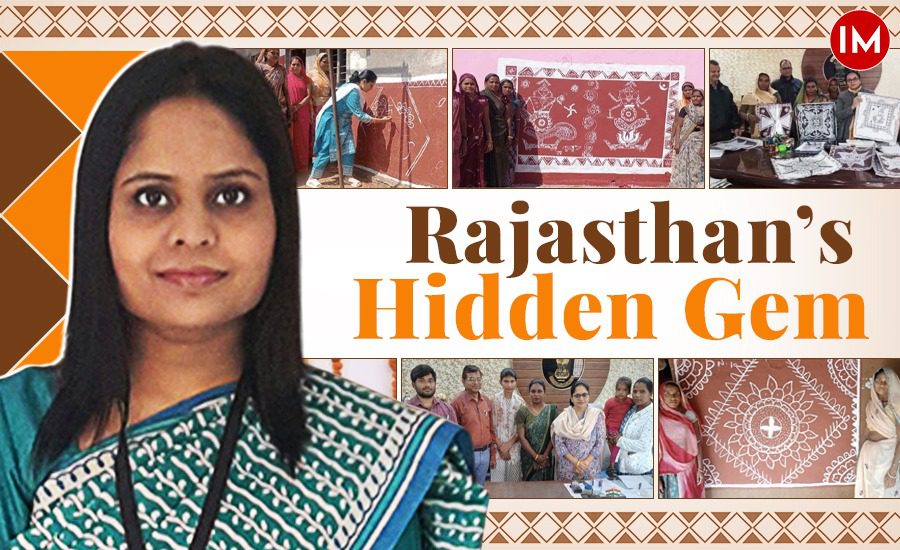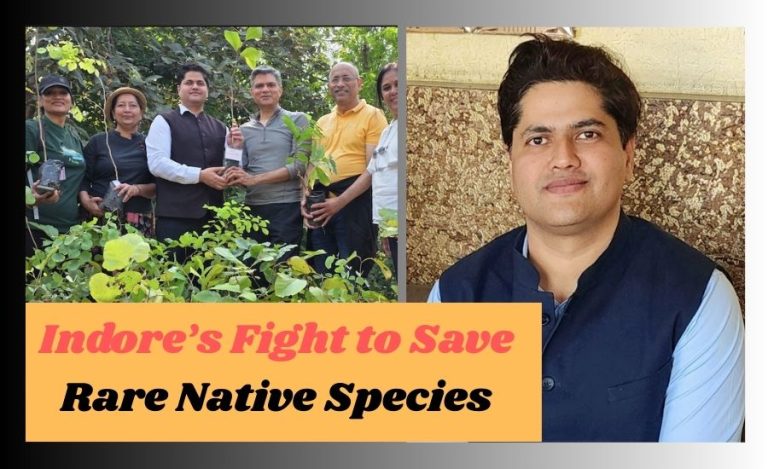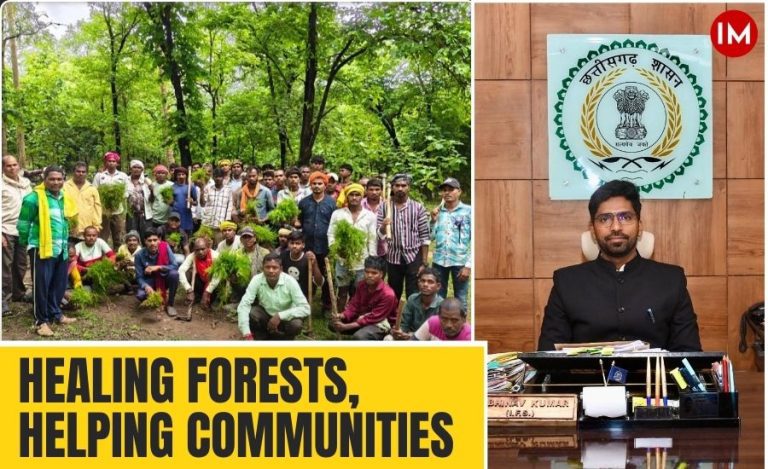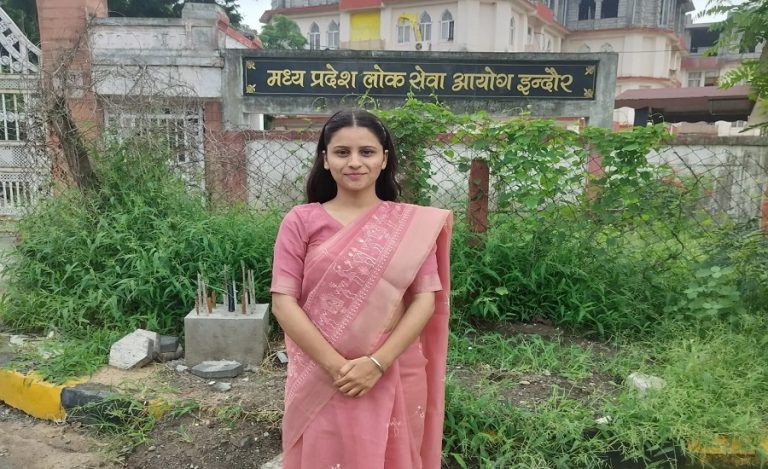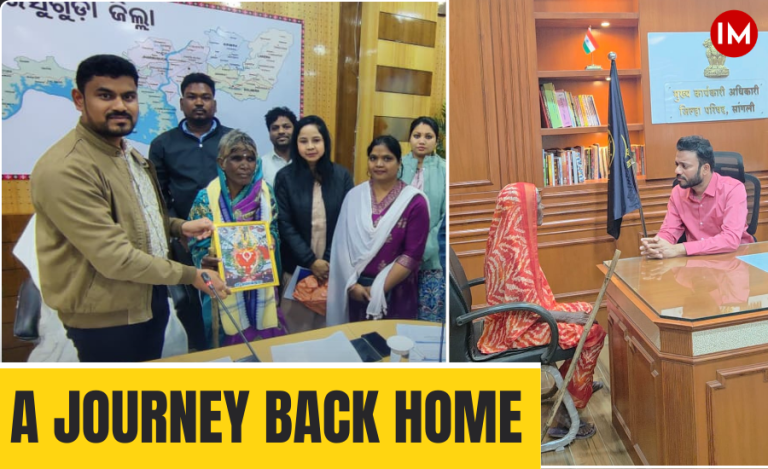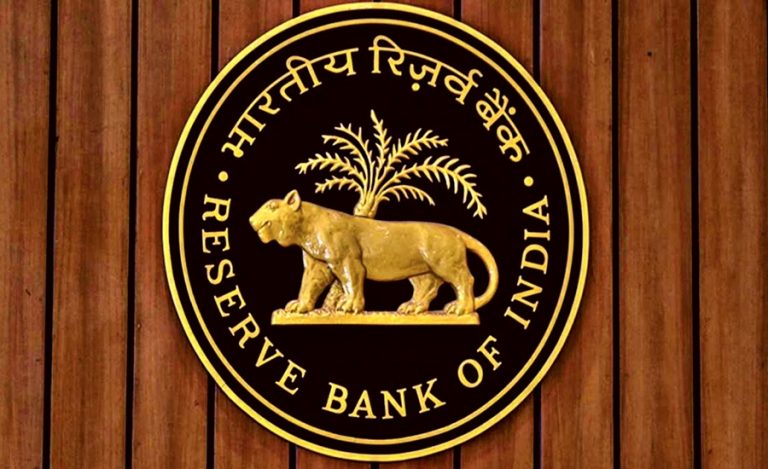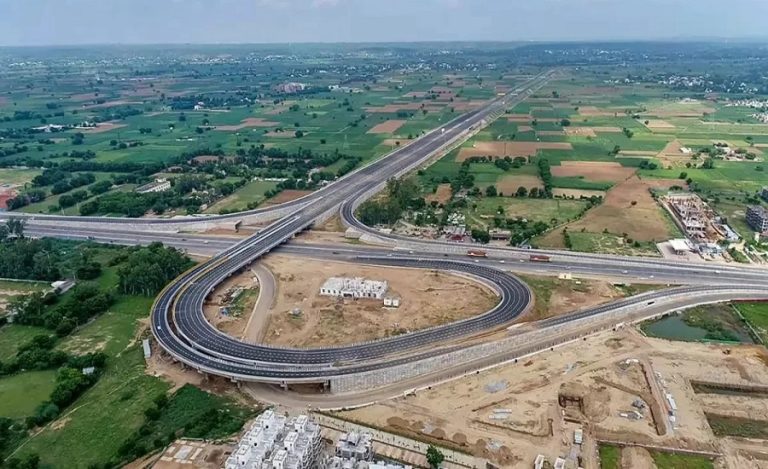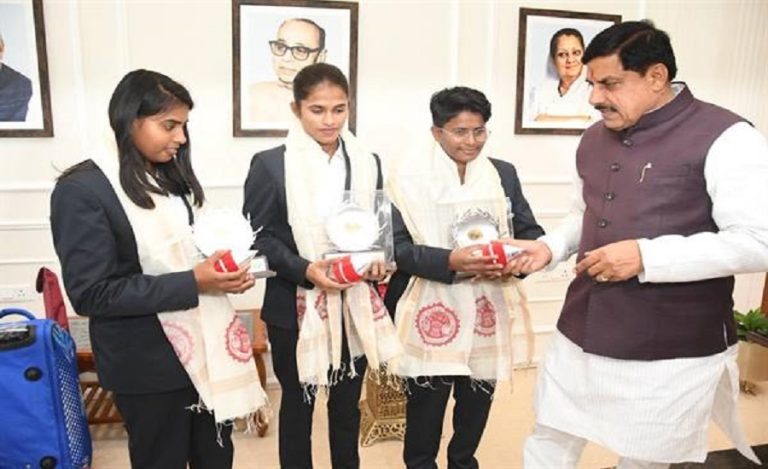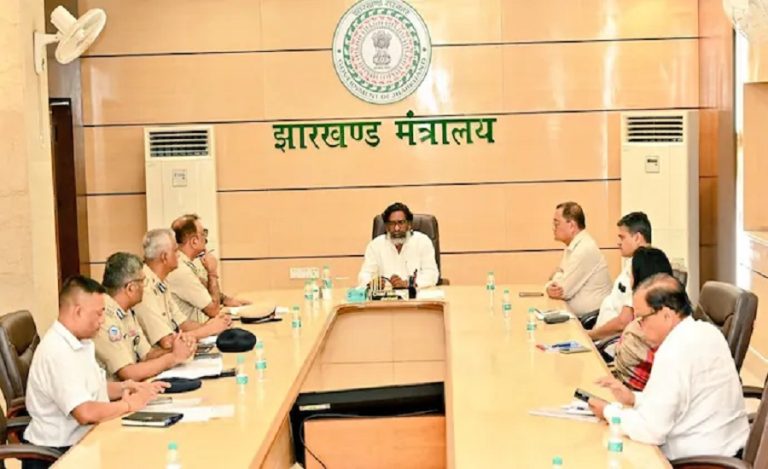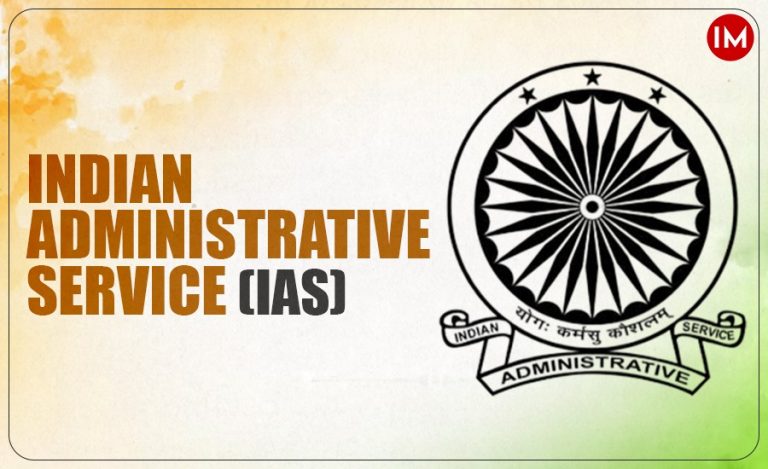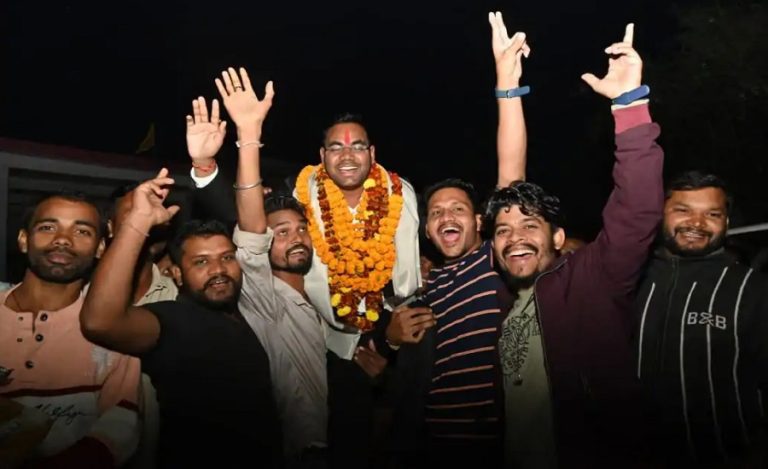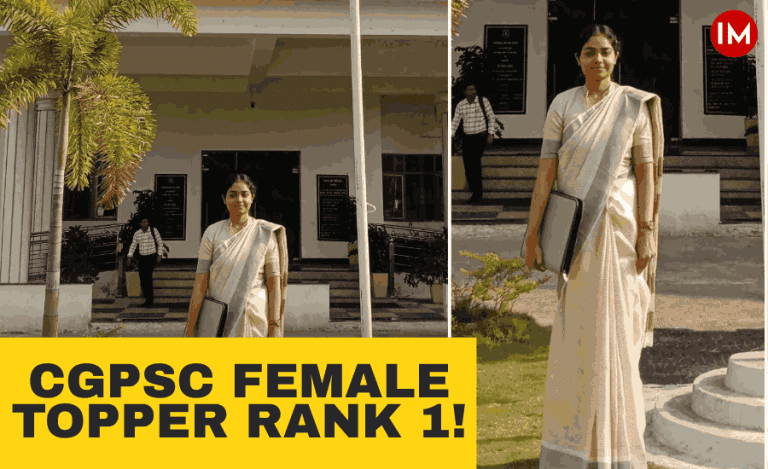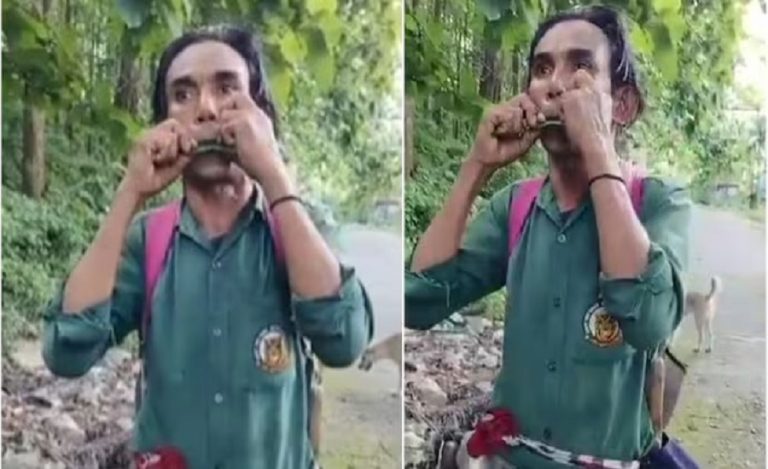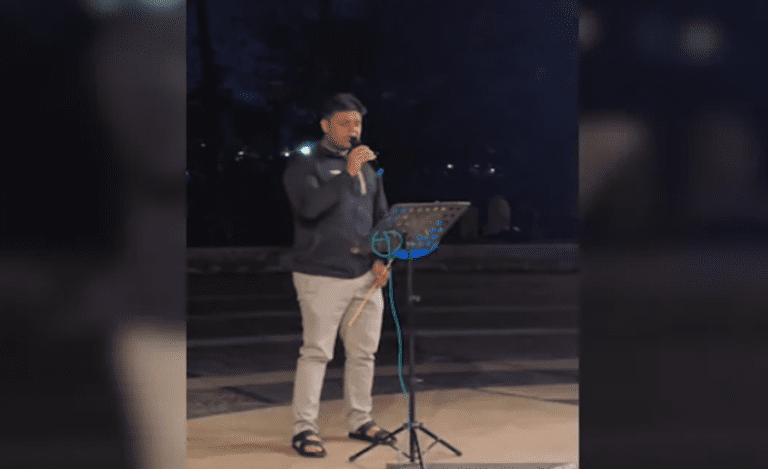In the heart of Rajasthan, Pratapgarh district is witnessing a cultural renaissance under the leadership of its Deputy Commissioner, Ms. Anjali Rajoria. A region known for its tribal heritage, Pratapgarh is home to the exquisite Mandana art, a traditional form of painting that has been passed down for generations. However, in recent years, this ancient folk art has been fading into obscurity. Recognizing its potential not just as a cultural treasure but also as a means of livelihood, Ms. Rajoria, who is an IAS of the 2015 batch Rajasthan cadre, has embarked on an ambitious project to revive Mandana art, integrate it into mainstream commerce, and transform Pratapgarh into a tourism and handicrafts hub. In a conversation with Indian Masterminds, Ms. Rajoria shared her plans for the revival of Mandana.
WHAT IS MANDANA?
Mandana art is a form of tribal wall painting traditionally created by women in Rajasthan and Madhya Pradesh. Made using natural white and red ochre, these intricate designs feature geometric patterns, animals, and symbols that are believed to bring prosperity and protect homes. Painted mostly during festivals and special occasions, Mandana art is more than just decoration—it is a form of storytelling and a sacred tradition.
However, with modernization, this beautiful art form has struggled to find relevance in today’s world. Many women who once painted Mandana on their homes stopped due to changing lifestyles and a lack of economic incentives.
A VISION FOR REVIVAL
Under Ms. Rajoria’s leadership, Pratapgarh is set to become the ‘City of Mandana,’ where this centuries-old art will be preserved and commercialized to create economic opportunities for local artisans. The project, spearheaded by the Rajasthan Gramin Aajivika Vikas Parishad (RGAVP) in collaboration with the district administration, is a comprehensive initiative integrating art preservation, tourism development, and livelihood enhancement.
EMPOWERMENT THROUGH ART
The first step in the Mandana revival project was training local women in fine-tuning their traditional skills and adapting the art to new mediums. Ms. Rajoria’s administration sanctioned ₹10 lakh to train women in painting their homes, leading to over 600 houses in remote villages being adorned with Mandana designs.

“We wanted to refine their art, which they were already practicing at their houses,” says Ms. Rajoria. “So far, we have trained around 60 women, and our goal is to turn this into a merchandising business so that this art becomes a source of income for these women.”
FROM HOME TO HANDICRAFTS
The project has now expanded beyond home decor, with artisans being trained to incorporate Mandana designs into textiles, handicrafts, and merchandise. Training centers have been established where women artisans collaborate with business groups, particularly in the textile sector, to create printed Mandana designs on fabrics. The administration is also working on partnerships with large-scale businesses for technological investments to further enhance Mandana-based products.
Additionally, efforts are underway to integrate Mandana into government buildings, private sector spaces, and public parks. This modernization effort aims to make the art more appealing to contemporary markets by using vibrant colors and innovative applications.
A PERFECT MATCH
To elevate Mandana’s appeal beyond handicrafts, the administration is leveraging tourism as a key driver for its revival. Under the ‘Vocal for Local’ campaign, selected tribal homes with Mandana paintings could soon become a major attraction under the ‘Album of India’ program. Plans are also in place to include these homes in eco-tourism and tribal tourism projects, with some structures adapted for homestays.
The district aims to create a Mandana Art Village, where visitors can witness Mandana paintings covering homes, roads, shops, parks, and even trees. There are also proposals to introduce a Mandana-themed bus tour, establish eco-tourism hubs, and construct Mandana art museums and interactive spaces.
SUSTAINABLE MODEL
The Mandana art revival project is more than just an artistic endeavor—it is a carefully structured economic development model. With an estimated investment of ₹6.25 crores, the initiative aims to generate revenue through handicraft sales, tourism, government contracts, and e-commerce expansion.
“This initiative is about more than just reviving an art form; it is about building an ecosystem where tradition meets modern economy,” Ms. Rajoria said to Indian Masterminds. “We are ensuring that artisans receive fair prices for their work and that this art form gets the recognition it deserves.”
The project follows a three-year phased approach:
- Year 1: Planning, infrastructure development, and initial training programs.
- Year 2: Implementation of the Mandana-themed village, merchandise production, and marketing initiatives.
- Year 3: Scaling up tourism activities, evaluation, and ensuring long-term sustainability.
LOOKING FOR THE FUTURE
The historical development of the Mandana revival began in 2016 when then-Collector Neha Giri identified the artistic potential of local women. Training efforts started under RGAVP and RAJEEVIKA, focusing on improving artistic techniques and expanding Mandana beyond walls to framed artworks.

Now, under Ms. Rajoria’s leadership, the vision has expanded significantly, aiming to turn Pratapgarh into a globally recognized hub for Mandana art. If successful, this project could serve as a replicable model for other districts across India, using cultural heritage as a means of economic empowerment.
A LEGACY IN THE MAKING
By blending tradition with innovation, the Mandana art revival project in Pratapgarh is setting a precedent for how folk arts can be preserved, commercialized, and celebrated. It is not just about paintings on walls; it is about empowering artisans, boosting tourism, and fostering community development. Thanks to the vision and efforts of Ms. Anjali Rajoria, Mandana art is on its way to reclaiming its place in Rajasthan’s cultural identity—this time, not just as an art form but as an economic force that uplifts communities.

